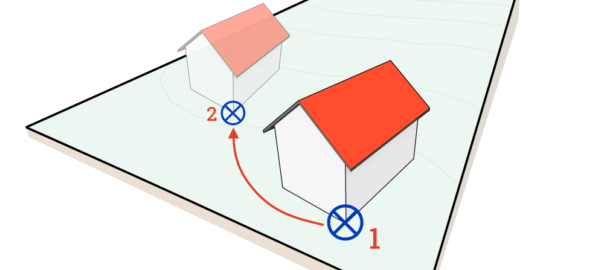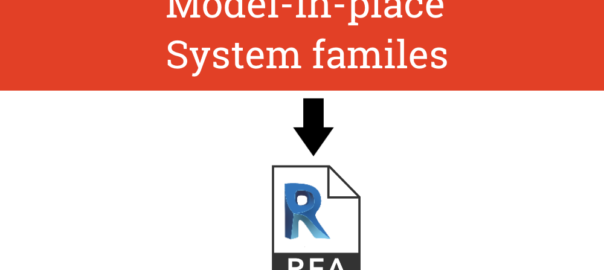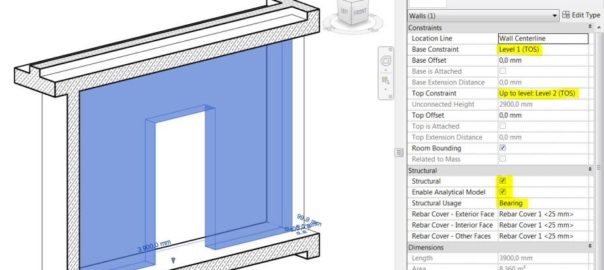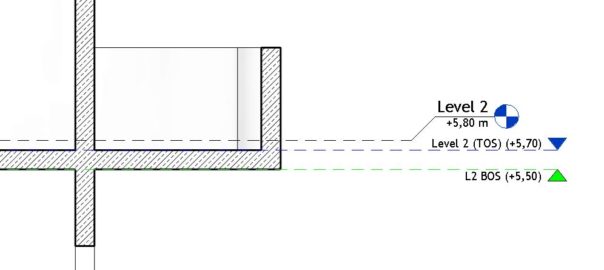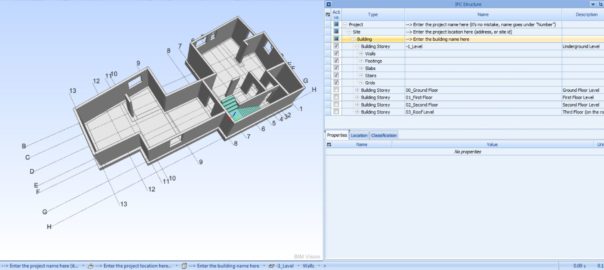Recently, after I updated my Revit 2018 to Revit 2018.3 version, on startup I received following error message:
DBApplication “bb3086be-63bb-44bd-99eb-d584c013cf2f” Startup failed because an error occurred from OnStartup.”
System.TypeInitializationException: The type initializer for ‘Autodesk.RevitServer.Versioning.Client.HttpClientHelper’ threw an exception. —> System.IO.FileNotFoundException: Could not load file or assembly ‘Autodesk.Bcg.Net, Version=7.7.2.0, Culture=neutral, PublicKeyToken=d672471c03b2c408’ or one of its dependencies. The system cannot find the file specified.
at Autodesk.RevitServer.Versioning.Client. HttpClientHelper..cctor()
— End of inner exception stack trace —
at Autodesk.RevitServer.Versioning.Client. HttpClientHelper.AddProductInformation (String name, String version)
at Autodesk.Revit.UI.Collaborate.CollaborateDBApplication.OnStartup (ControlledApplication application)
at Autodesk.Revit.AddIn. ExternalDBApplicationManager.startupSingleDBApplication (RevitAddInDBApplication dbApplication)
Read More →
